This week, the Malverne School District hosted a live program from the Anne Frank Center for Mutual Respect called “Letters from Anne and Martin,” where actors read excerpts from Dr. Martin Luther King, Jr’s “Letter From A Birmingham Jail” and “The Diary of Anne Frank.” Had their lives not been tragically cut short, they’d both be 92 this year. If they were alive, I can only imagine what they might think, say and do, individually and together, but I can imagine.
I can imagine they’d be sad and disappointed at what they see happening in the world today; racial injustice and antisemitism, and especially seeing “others” as “less than” “us.” Are things really different than 60 or 80 years ago? On the other hand, I can also imagine that they would have been working together towards racial and ethnic equality, towards an end to the fear that leads to hate when we don’t get to know people who are different from ourselves. There are so many possibilities, and while we may not be required to complete the tasks they began, we’re also not free to desist from starting.
I remember occasionally seeing a bumper sticker that said, “Jesus is coming, and boy is he mad!”. Ok, maybe it didn’t use the word “mad,” but I’m a rabbi. In this week’s Torah reading, Ki Tissa, the bumper sticker might read, “Moses is coming down the mountain, and he’s not going to be happy!”. Why? Because the Israelites were dancing and singing and worshipping a “calf” fashioned out of gold, while he–Moses–was receiving the Torah in order to share God’s word with the people.
Aaron knew that statue wasn’t God, or even a god, and the people probably did as well, but it gave them something to focus on to deflect their fear that something had happened to Moses, and that their leader might not be returning. The problem was, it focused the people’s attention on the negative, instead of accentuating the positive and instilling hope. Aaron created the golden calf because he knew the people were familiar with idol worship, and it was a retreat into a safe space. Today, our golden calf can be money, status, luxury or ego, and it can also be the status quo. Do we stick with what we know, what’s comfortable, or do we step out of our comfort zones to learn and grow?
It’s human nature to be afraid of things we don’t understand, and in the Torah reading’s case, it was a legitimate fear–who would lead them if Moses didn’t return? Luckily, not only did Moses return, but as angry as we was, he pleaded with God to not completely destroy the Israelites; they were given a second chance, and we’re here to tell the story.
I’d like to think that had Anne and Martin met, they would have seen the face of God in each other and not feared the other. Maybe she would have marched with him, as Rabbi Heschel did. Perhaps he would have brought his church family to make a human ring around the Tree of Life Synagogue in Pittsburgh.
As we move forward, their memories for inspiration and blessing, I pray that we can learn to set aside our fears of the unknown, and not pray to the golden calf of complacency.

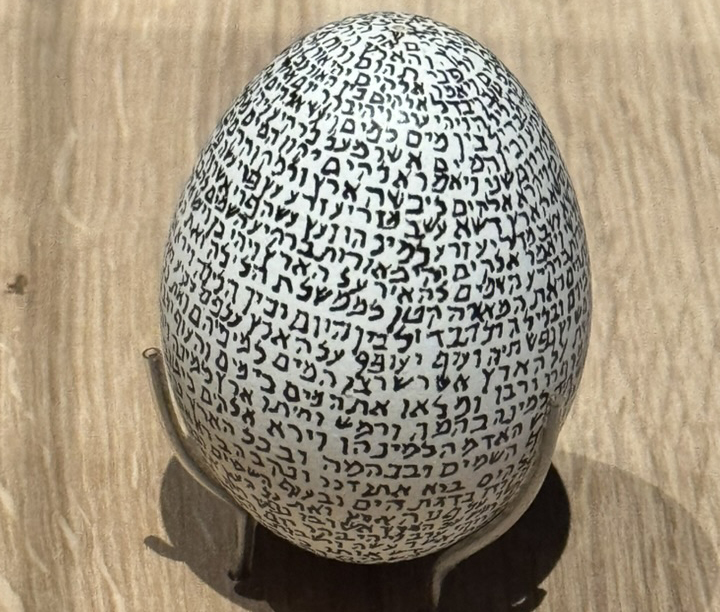
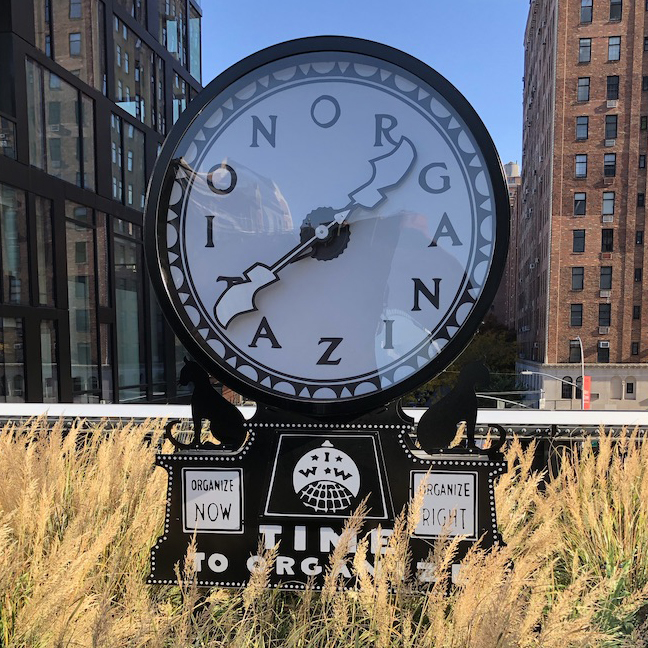

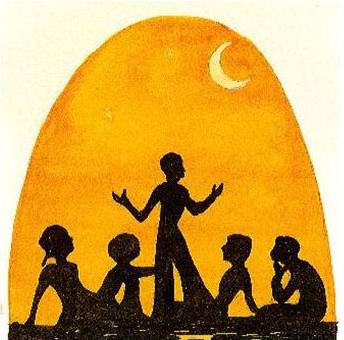

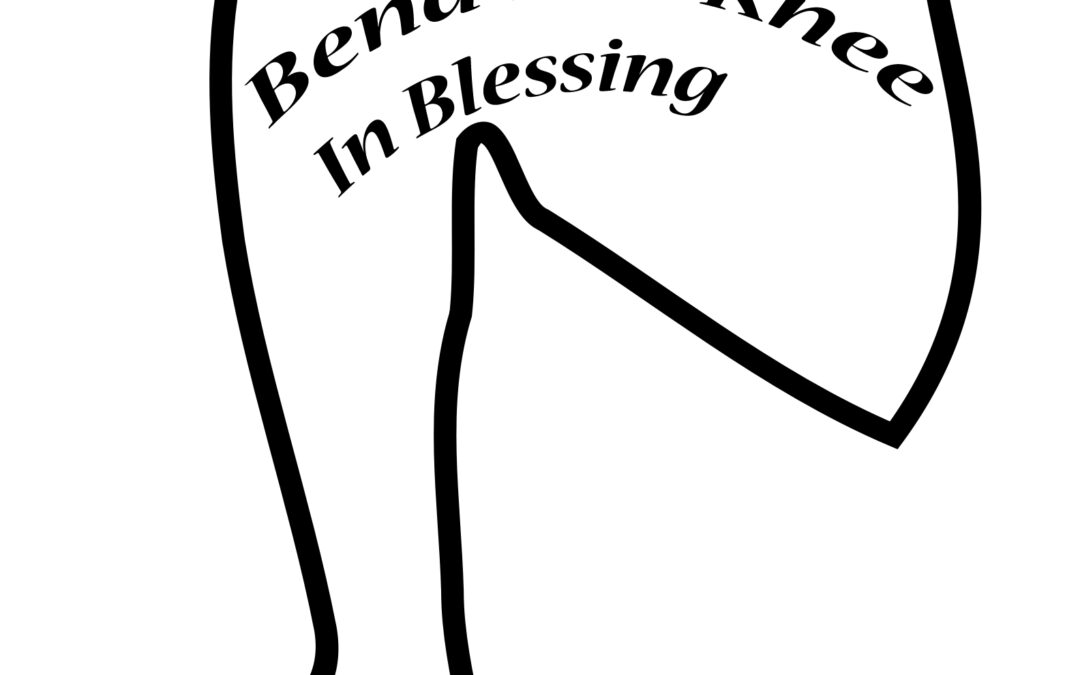

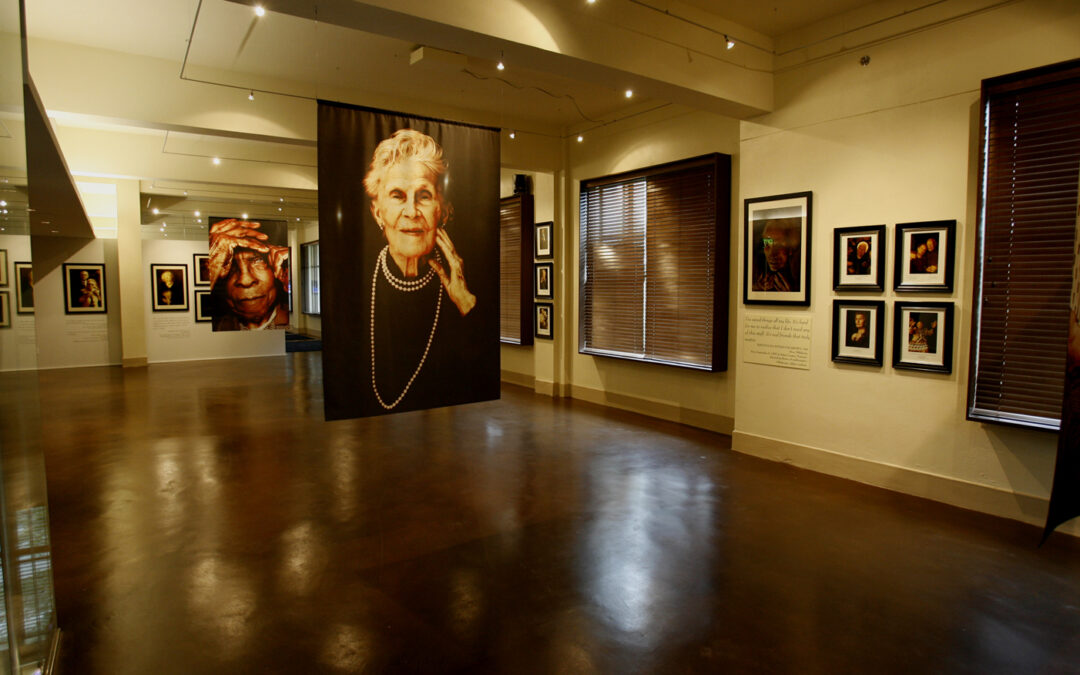
What a beautiful and inspirational piece of writing! It was a pleasure to read. I like to watch small children playing together in the playground. Before anyone has taught them to hate “the other”, they naturally play their games of imagination with friendship and zeal. Something seems to change between early childhood and adulthood. People suddenly have to “work” at experiencing the same pleasure that used to happen spontaneously without any afterthoughts. Words like “tolerance” and “cooperation” are used to encourage those grown up children to get along again. Have the children really grown up at all? King and Frank might have asked that question if hatred’s climax had not destroyed them both.
Thank you Pam. It has to go beyond tolerance and become acceptance and even cherishing. And I agree, as we get older we do have to work at making sure we include time for play, joy and pleasure amidst the responsibilities of being an adult.